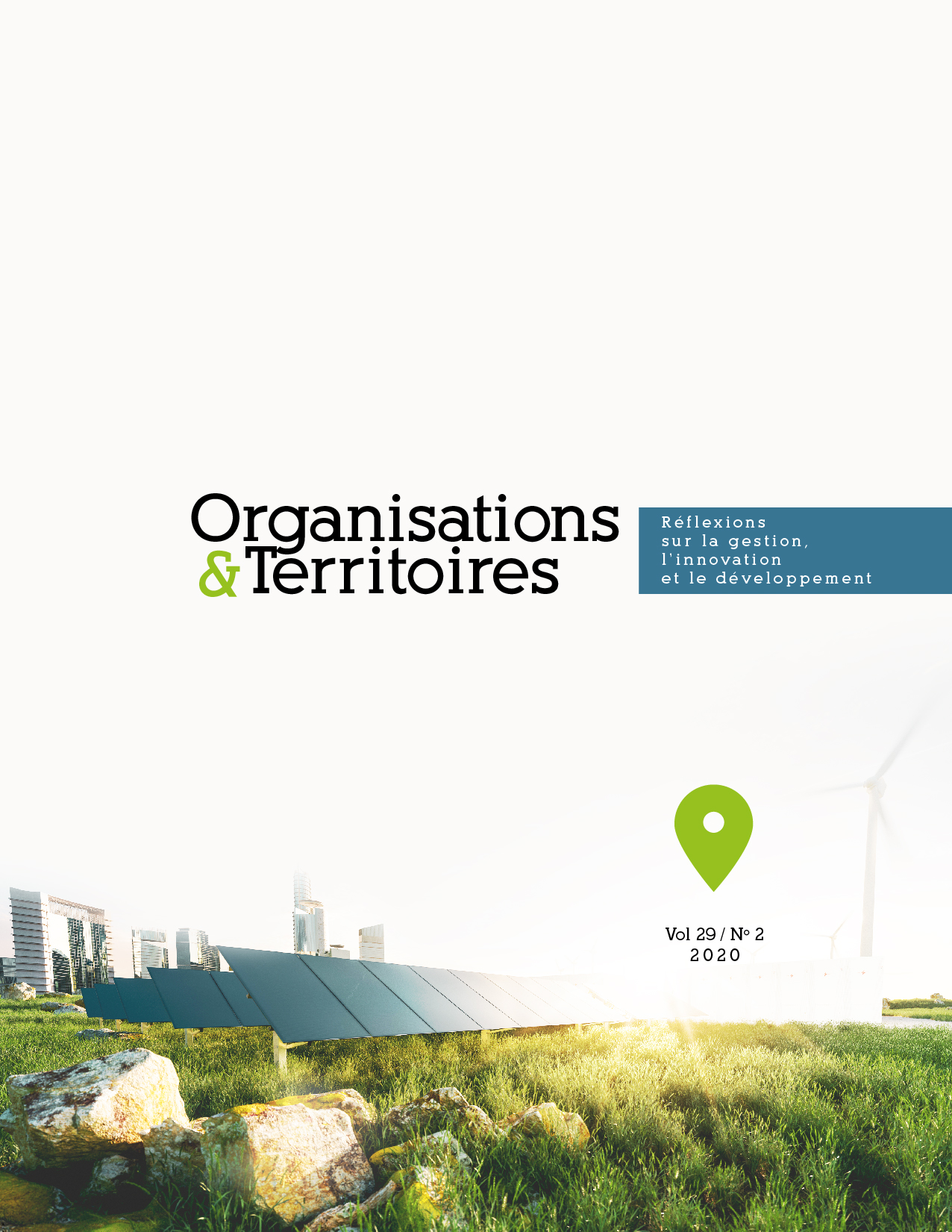L' urbanisme transitoire à Montréal : entre innovation et préservation
DOI:
https://doi.org/10.1522/revueot.v29n2.1148Keywords:
Transitory urbanism, temporary occupancy, vacant sitesAbstract
Temporary occupation of vacant sites was long associated to activism and encroachment. Vacant sites are now increasingly used by municipalities in their development strategies, and considered as vectors of creative economy and the driving force of innovation (Bishop & Williams, 2012; Colomb, 2012; Ginez, 2018; Mould, 2014; Pinard & Vivant, 2017). Many authors even believe they will become common practice and will integrate traditional planning (Bishop & Lewis, 2012; Zielh, Oßwald, Hasemann, & Schnier, 2012). In this context, we are increasingly talking about “transitory town planning”, a planned and authorized practice that is perceived as a prefiguration step to lasting requalification projects. What is transitory urbanism? How does it stand out from other temporary town planning practices and how does it become implemented in Montreal? These are a few questions we will try to answer in this article.



